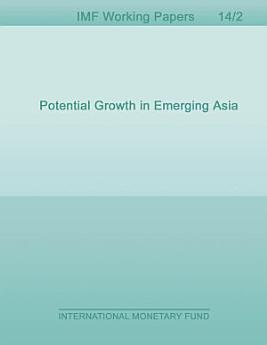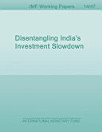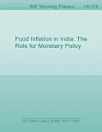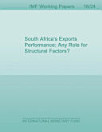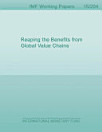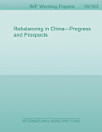Potential Growth in Emerging Asia
ม.ค. 2014 · International Monetary Fund
eBook
26
หน้า
reportคะแนนและรีวิวไม่ได้รับการตรวจสอบยืนยัน ดูข้อมูลเพิ่มเติม
เกี่ยวกับ eBook เล่มนี้
Using three distinct approaches—statistical filtering, production function, and multivariate model— this paper estimates potential growth for China, India, and five ASEAN countries (Indonesia, Malaysia, the Philippines, Thailand, and Vietnam) during 1993–2013. The main findings include: (i) both China and India have recently exhibited a slowdown in potential growth, largely reflecting a decline of total factor productivity (TFP) growth; (ii) by contrast, trend growth for the five ASEAN countries has been rather stable and might even have increased marginally, with the notable exception of Vietnam;(iii) over the longer term, demographic factors will be much more supportive in India and some ASEAN economies than in China, where working-age population should start shrinking, with the overall dependency ratio climbing by the end of this decade. Improving or sustaining potential growth calls for broad structural reforms.
ให้คะแนน eBook นี้
แสดงความเห็นของคุณให้เรารับรู้
ข้อมูลในการอ่าน
สมาร์ทโฟนและแท็บเล็ต
ติดตั้งแอป Google Play Books สำหรับ Android และ iPad/iPhone แอปจะซิงค์โดยอัตโนมัติกับบัญชีของคุณ และช่วยให้คุณอ่านแบบออนไลน์หรือออฟไลน์ได้ทุกที่
แล็ปท็อปและคอมพิวเตอร์
คุณฟังหนังสือเสียงที่ซื้อจาก Google Play โดยใช้เว็บเบราว์เซอร์ในคอมพิวเตอร์ได้
eReader และอุปกรณ์อื่นๆ
หากต้องการอ่านบนอุปกรณ์ e-ink เช่น Kobo eReader คุณจะต้องดาวน์โหลดและโอนไฟล์ไปยังอุปกรณ์ของคุณ โปรดทำตามวิธีการอย่างละเอียดในศูนย์ช่วยเหลือเพื่อโอนไฟล์ไปยัง eReader ที่รองรับ
